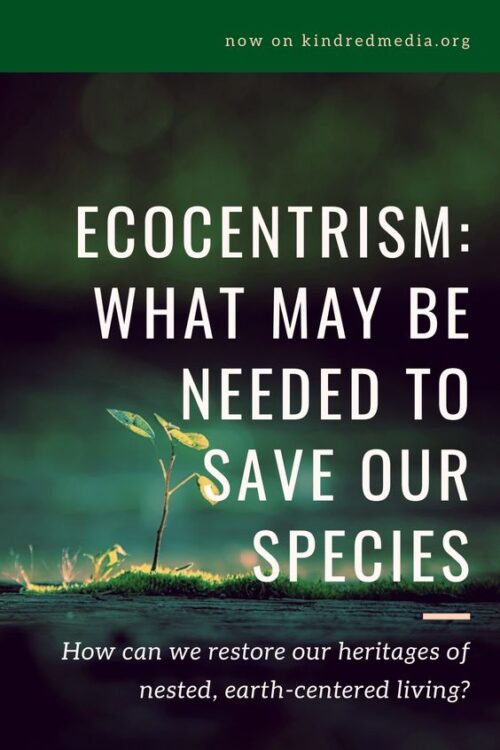When The Organic Label Is Missing – A Resource To Know Your Food
When Certified Organic Is Not Available, Ask the Right Questions at the Market
Local farm stands, CSAs, and farmers markets give access to some of the freshest and healthiest seasonal food, while providing an opportunity to directly support the people who produce it. Cornucopia always recommends certified organic local farms first, but if one is not available, you can often still find local food that benefits human and environmental health.
Cornucopia’s handy DIY Certification Guide helps market patrons ask farmers the kinds of insightful questions that an organic certifying agent would ask when inspecting an organic farm. The guide helps ensure you are rewarding the most ethical farmers who care for their animals and the land, while bringing home the healthiest food for your family.
Questions detailed in the guide fall under three main categories:
- Is it local?
- How was it grown?
- How was it raised?
Discover the difference between free-range and pastured eggs, the importance of soil health for combating plant diseases, and the differing approaches to animal welfare practices.
Pocket DIY Certification Guide (PDF) *Updated April 2019
Full DIY Certification Guide (PDF) *Updated April 2019
Do-it-Yourself Guide to Choosing The Best Chicken and Turkey (PDF) *Released February 2020
Press Release
USDA’s National Farmers Market Directory
How Cornucopia’s DIY Certification Guide helps you determine which farms provide the best food in the absence of organic labeling

Spring marks the return of fresh eggs, colorful produce, and more diverse offerings at farmers markets and CSAs. Signs and advertisements make many claims about production methods, but it is important to know what the claims actually mean.
Certified organic food is produced according to strict federal standards and requires an involved, third-party certification process. But what about local markets that do not have sufficient organic offerings or where producers choose not to get certified but claim they use “organic practices?”
“Farmers markets are usually the best place to get fresh local food from family scale-farmers,” said Marie Burcham, an attorney and Cornucopia’s director of domestic policy, “However, vendors sometimes greenwash and make claims that don’t have real meaning or are misleading. Some fruits and vegetables may be conventional produce that was bought wholesale and not locally produced.”
Because many smaller, local farms and CSAs have chosen not to go through the certification process, consumers need to be more engaged in judging the practices employed on these non-certified farms. This food might have been harvested 10 hours ago down the road, rather than 10 days ago across the country. Cornucopia’s newly-updated DIY Certification Guide helps patrons ask farmers and marketers the kinds of insightful questions that an organic certifying agent would ask when inspecting an organic farm.
“Although many consumers look for the organic label and what it represents,” said Kendra Kimbirauskas, a pastured livestock producer in Oregon, “many small-scale farmers do not want the extra expense or hassle of certification. Because these producers often sell directly to consumers, they can effectively communicate their good practices face-to-face.”
Some consumers prefer a local producer using organic practices over a certified organic one that ships food from far away. In this case, it’s important to ask your farmer for more information about how the food was raised or grown.
The DIY Certification Guide provides those questions, as well as typical answers and what they mean.
“Most ethical farmers are happy to talk to their customers about their practices,” continued Kimbirauskas. “They take pride in what they are doing differently than industrial agriculture and want to build relationships with the consumers who support their ideals.”
Local farm stands, farm stores, CSAs, and farmers markets give people access to some of the freshest and healthiest seasonal food, while providing an opportunity to directly support the people who produce it. They also create community around food and advance the good food movement.
“We hope shoppers use our DIY Certification Guide to become more comfortable talking to their local farmers,” concluded Burcham. “It offers an easy-to-understand background on key farm practices that can form the foundation of meaningful conversations and relationships between producer and consumer—and what could be more important than that?”


